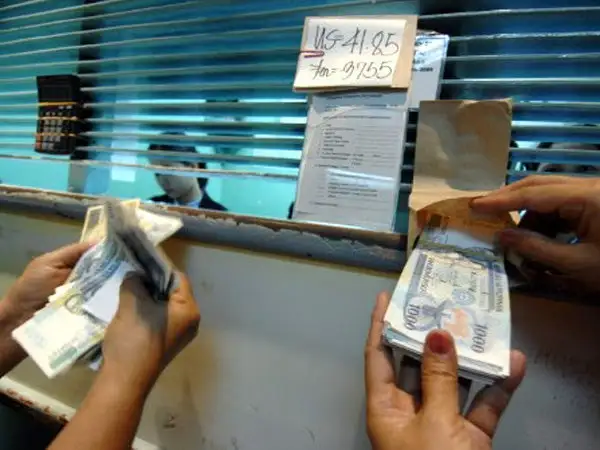Mexico’s President, Andrés Manuel López Obrador, expects remittances to go beyond $63 billion by 2023’s end.
Recently, the Central Bank reported an 8.6% rise in August’s remittances compared to last year. 2022 the total was $5.122 billion, showing a 7.9% yearly increase.
López Obrador thanked Mexicans abroad during a press talk. “Our overseas compatriots have boosted the money sent home,” he said.
“We got $58 billion last year. This year, we might exceed $63 billion. It’s uplifting news.”
So, why are remittances vital for Mexico? A BBVA study shows they might make up about 4% of Mexico’s GDP this year.
A recent survey reveals that nearly 4.9 million households and 11.1 million adults in Mexico benefit from these funds.

Lastly, it’s crucial to mention the source of these remittances. Around 95% come from the United States.
The rest originate from various countries, including Ecuador, Chile, and Brazil, making up 3.5%, and Canada accounts for 1.5%.
Background
For context, remittances play a vital role in many economies, not just Mexico’s. In fact, they represent a financial lifeline for many developing nations globally.
In countries like India and the Philippines, these funds are a crucial part of the economy too.
Now, let’s compare. In 2021 India received $87 billion, dwarfing Mexico’s $48 billion. Yet, the impact on Mexico’s GDP is arguably greater.
Remittances in India make up about 3% of its GDP, less than Mexico’s projected 4%.
Additionally, it’s important to analyze the effect of remittances on local communities. Often, they’re a primary source of income, leading to better living conditions and education.
The increase in remittances can significantly influence local businesses and markets, creating a multiplier effect.
Finally, one should consider the remittance costs. Global averages hover around 7%, according to the World Bank.
Lowering these costs could mean more money in recipients’ pockets, a topic that has global policymakers’ attention.
Therefore, as remittances grow, their role in local and global economics may become an increasingly important topic of discussion.

